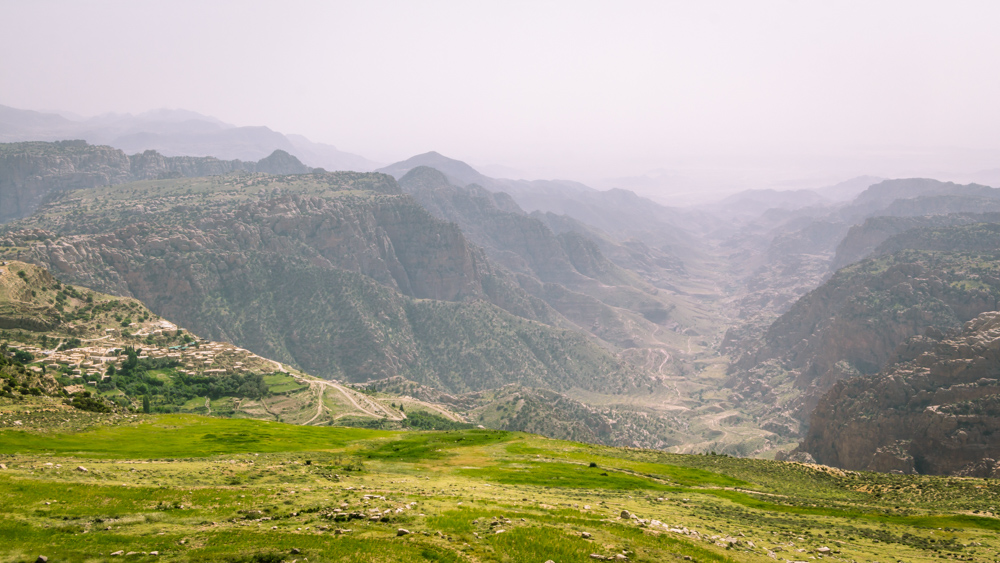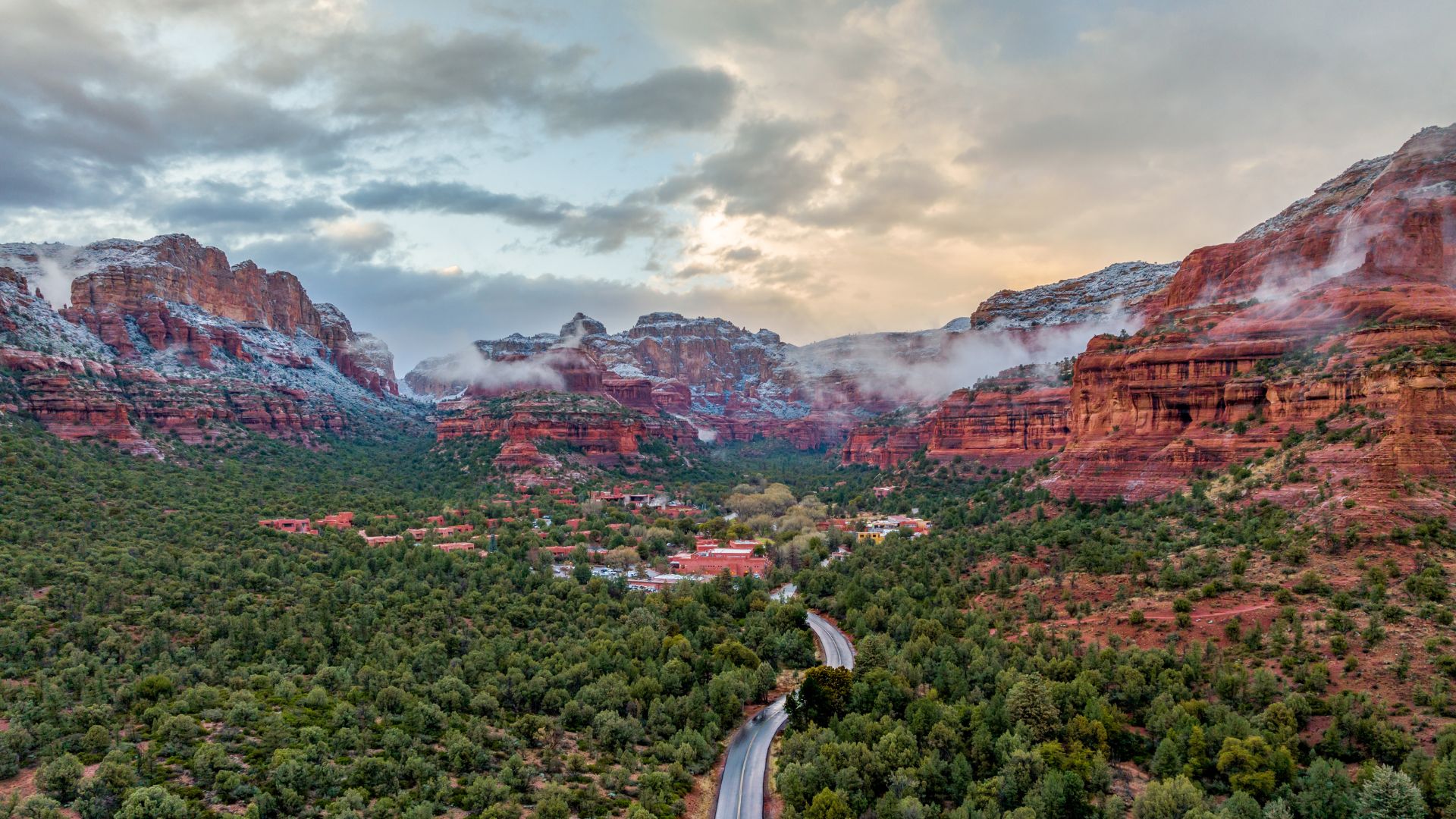The Dana Biosphere is Jordan’s largest nature reserve and has something unique to offer travelers in Jordan. With beautiful vistas of rugged mountains and the Wadi Dana valley, a visit to Dana will make an impression on you.
As you plan your travels to Jordan, consider these three great reasons to include the Dana Biosphere in your itinerary.
The Dana Biosphere Reserve: Natural Beauty and Ecological Importance
The Dana Biosphere is one of the most important natural areas in Jordan. At the meeting of 3 continents, Dana is significant because it’s home to 4 ecosystems in a relatively compact area. The reserve’s importance and gorgeous scenery are why Time named Dana one of the World’s Greatest Places in 2021.
Dana is also Jordan’s largest nature reserve. It covers an area of 300 square km, with altitudes ranging from 1700 m (5570 ft) on its east side to -50 m (-160 ft) on the west. The variety of ecosystems and the reserve’s protected status mean plants and wildlife can thrive despite the arid conditions. So far, 700 plants, 180 birds, 37 mammals, and 36 reptile species have been identified in Dana. Check out UNESCO’s helpful article here to learn more about biospheres and Dana’s ecological significance.
Thankfully, access to the reserve is not limited to researchers and scientists but is open to the public. And the abundance of hiking trails means travelers can easily explore all Dana offers.
The Dana Biosphere: Walks and Hikes for All
The Dana Biosphere is often associated with hiking and trekking, and for good reason. The reserve has a variety of trails that offer sweeping views of the valley, take you through picturesque wadis, and allow you to experience its diverse plant and wildlife. From 2-hour introductory hikes to multi-day treks, there’s a trail for every skill level.
You can hike in Dana during a stopover on your way to Shobak Castle or Petra. Or plan a couple long walks with an overnight at the Dana Guesthouse. Or disconnect from it all for a couple days of hiking and cultural activities at the award-winning Feynan Eco-lodge on Dana’s western front.
Note: Several of Dana’s trails close from late Fall to early Spring for safety reasons. Some trails require a guide year-round. Because of this, it’s good to plan your itinerary in advance (see Lonely Planet’s Jordan guide for great descriptions of Dana’s trails). Jordan’s Royal Society for the Conservation of Nature (RSCN) decides on trail availability.
Engaging Cultures can help you with these details as we plan your custom Jordan tour.
The Dana Biosphere Reserve: History and Culture
In addition to its fantastic hiking, the Dana Biosphere has significant history and culture to explore. Human activity in Dana dates back 6,000 years. And archaeologists have identified nearly 100 sites from a variety of civilizations. World Archaeology notes that the copper mines near Khirbet Feynan date to biblical times and were the largest copper mines in the Roman Empire. The ruins of Dana Village, near the reserve’s main entrance, are from the Ottoman period.
There are a number of local Bedouin families who make their home in Dana. These families help link the reserve’s historic past with the present. Seeing life through their eyes can give perspective on Dana and modern life in Jordan as a whole. You’ll likely get to interact with the hospitable locals during your visit to Dana. And if you want to go deeper, the Feynan Eco-Lodge organizes activities that help travelers see life through local residents’ eyes.
Your Visit to the Dana Biosphere Reserve
As you plan your travels to Jordan, consider including the Dana Biosphere Reserve. The reserve’s main entrance is just 1 hour north of Wadi Musa (home of Petra). This means you’ll likely pass near Dana sometime during your Jordan travels. Whether you come for a short stop or a multi-day trek, Dana will surprise you with its natural beauty, fantastic hiking, and unique history and culture.



